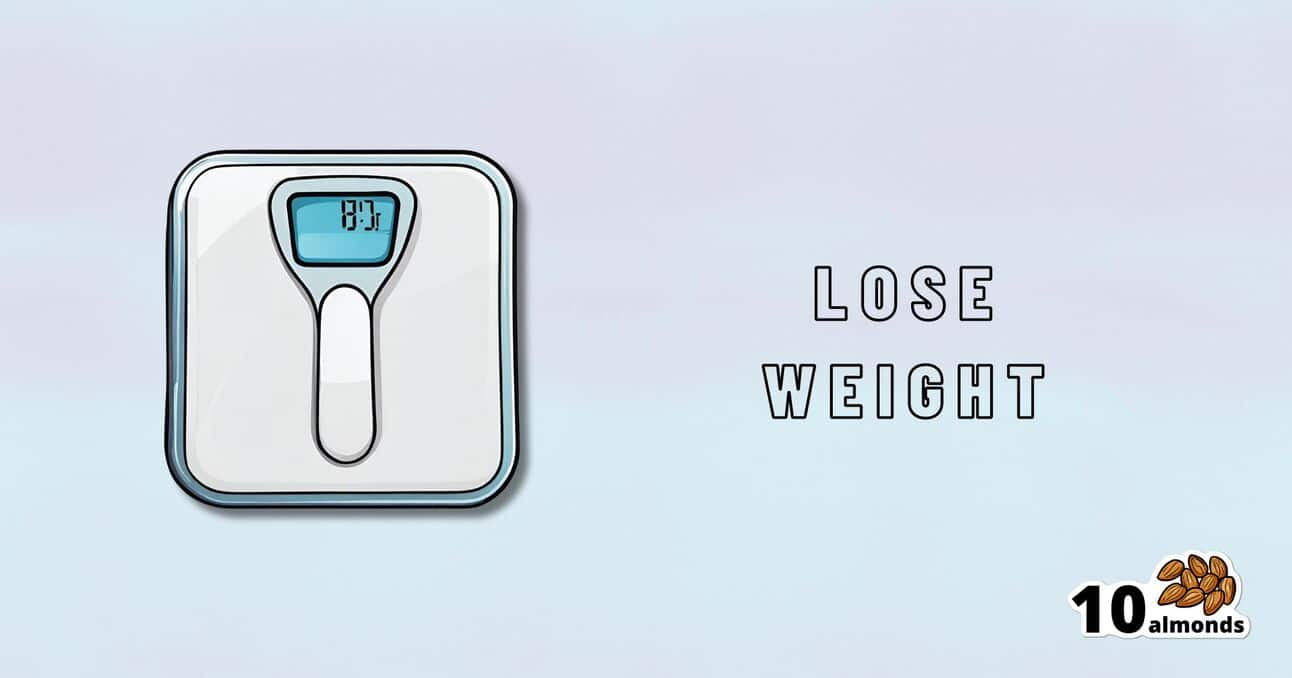Lose Weight, But Healthily
Embark on a weight change journey: Learn to shed fat, build muscle, and embrace healthy habits for lasting vitality and wellness.

What Do You Have To Lose?
For something that’s a very commonly sought-after thing, we’ve not yet done a main feature specifically about how to lose weight, so we’re going to do that today, and make it part of a three-part series about changing one’s weight:
- Losing weight (specifically, losing fat)
- Gaining weight (specifically, gaining muscle)
- Gaining weight (specifically, gaining fat)
And yes, that last one is something that some people want/need to do (healthily!), and want/need help with that.
There will be, however, no need for a “losing muscle” article, because (even though sometimes a person might have some reason to want to do this), it’s really just a case of “those things we said for gaining muscle? Don’t do those and the muscle will atrophy naturally”.
One reason we’ve not covered this before is because the association between weight loss and good health is not nearly so strong as the weight loss industry would have you believe:
And, while BMI is not a useful measure of health in general, it’s worth noting that over the age of 65, a BMI of 27 (which is in the high end of “overweight”, without being obese) is associated with the lowest all-cause mortality:
BMI and all-cause mortality in older adults: a meta-analysis
Important: the above does mean that for very many of our readers, weight loss would not actually be healthy.
Today’s article is intended as a guide only for those who are sure that weight loss is the correct path forward. If in doubt, please talk to your doctor.
With that in mind…
Start in the kitchen
You will not be able to exercise well if your body is malnourished.
Counterintuitively, malnourishment and obesity often go hand-in-hand, partly for this reason.
Important: it’s not the calories in your food; it’s the food in your calories
See also: Mythbusting Calories
The kind of diet that most readily produces unhealthy overweight, the diet that nutritional scientists often call the “Standard American Diet”, or “SAD” for short, is high on calories but low on nutrients.
So you will want to flip this, and focus on enjoying nutrient-dense whole foods.
The Mediterranean Diet is the current “gold standard” in this regard, so for your interest we offer:
Four Ways To Upgrade The Mediterranean Diet
And since you may be wondering:
Should You Go Light Or Heavy On Carbs?
The dining room is the next most important place
Many people do not appreciate food enough for good health. The trick here is, having prepared a nice meal, to actually take the time to enjoy it.
It can be tempting when hungry (or just plain busy) to want to wolf down dinner in 47 seconds, but that is the metabolic equivalent of “oh no, our campfire needs more fuel, let’s spray it with a gallon of gasoline”.
To counter this, here’s the very good advice of Dr. Rupy Aujla, “The Kitchen Doctor”:
Interoception & Mindful Eating
The bedroom is important too
You snooze, you lose… Visceral belly fat, anyway! We’ve talked before about how waist circumference is a better indicator of metabolic health than BMI, and in our article about trimming that down, we covered how good sleep is critical for one’s waistline:
Visceral Belly Fat & How To Lose It
Exercise, yes! But in one important way.
There are various types of exercise that are good for various kinds of health, but there’s only one type of exercise that is good for boosting one’s metabolism.
Whereas most kinds of exercise will raise one’s metabolism while exercising, and then lower it afterwards (to below its previous metabolic base rate!) to compensate, high-intensity interval training (HIIT) will raise your metabolism while training, and for two hours afterwards:
…which means that unlike most kinds of exercise, HIIT actually works for fat loss:
So if you’d like to take up HIIT, here’s how:
How (And Why) To Do HIIT (Without Wrecking Your Body)
Want more?
Check out our previous article about specifically how to…
Burn! How To Boost Your Metabolism
Take care!
Share This Post
Learn To Grow
Sign up for weekly gardening tips, product reviews and discounts.




